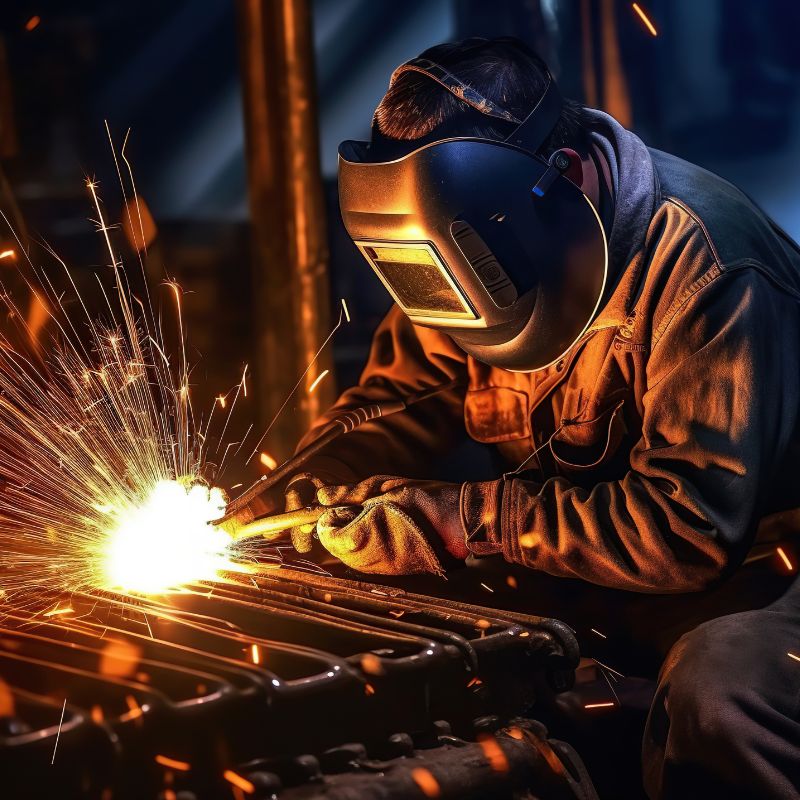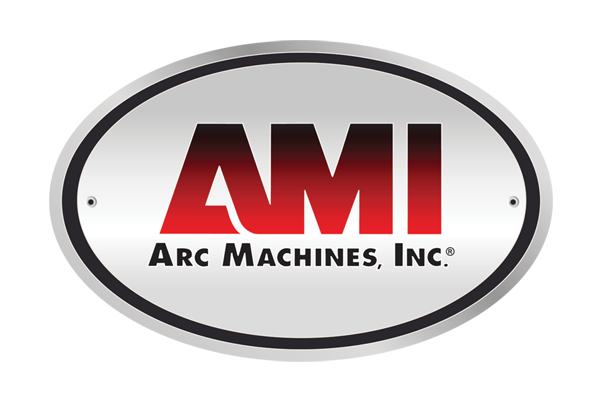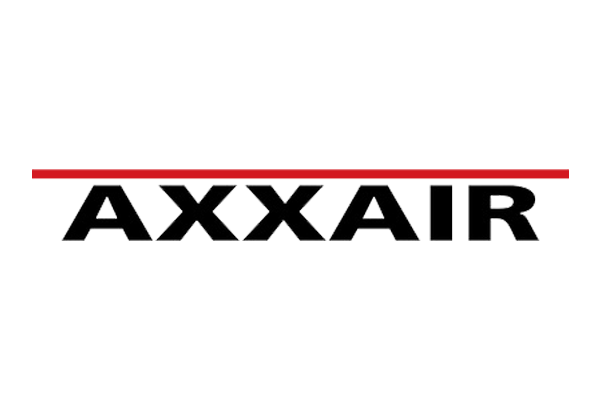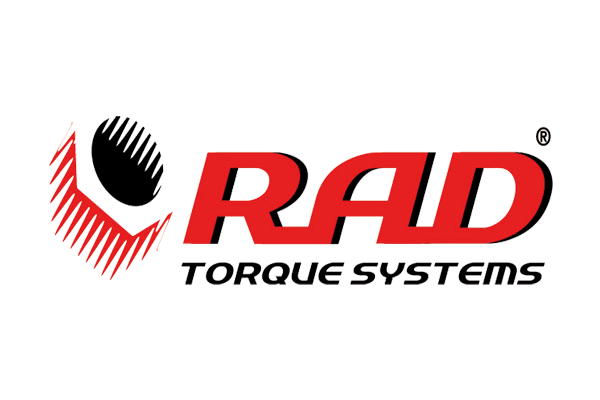Is It Difficult to Weld Different Kinds of Metal Together?
Welding is an essential process in the manufacturing industry. It involves fusing two or more metal parts to create a single object. However, welding different kinds of metals together can be a challenge. The varying chemical compositions of different metals can affect the welding process and the quality of the weld.
Let’s explore whether it is difficult to weld different kinds of metal together and why it can pose a challenge.
Understanding the Different Types of Metals
Before we delve into the challenges of welding different kinds of metals together, it’s essential to understand the types of metals and their properties. Some of the common types of metals include stainless steel, aluminum, copper, brass, titanium, and cast iron. Each metal has different properties, such as melting point, conductivity, and stiffness. When welding two different kinds of metals, you must consider these differences in their properties, especially melting point.
The Challenge of Welding Dissimilar Metals
Welding dissimilar metals together can be difficult because of their varying chemical compositions and thermal expansion coefficients. For instance, some metals, like aluminum, have a low melting point, while others, like steel, have a higher melting point. The thermal expansion coefficient difference between metals creates residual stress at the welding point. These issues must be considered when welding two different kinds of metals together.
Techniques for Welding Different Types of Metals
Various techniques can be used to overcome the challenges of welding different kinds of metals. One technique uses filler materials such as nickel or titanium to help match the differing thermal expansion coefficients. Filler materials can also create a more ductile weld and help reduce cracking. Another crucial consideration is pre-weld treatment, such as cleaning, surface preparation, and joint design, which ensures the two metals to be welded can blend into one another more smoothly.
Welding Different Metals Together Is Not Impossible
Welding different kinds of metals together can seem like an impossible challenge that can’t be overcome. Still, with the right preparation, tools, and techniques, it is possible to get a good weld. The type of metal chosen, the welding technique used, and the preparation of the metals are all important factors that can affect the quality of the weld. Welding dissimilar metals requires a thorough understanding of the different metals being worked with and an appreciation of how they interact thermally and physically.
Welding different kinds of metals together can be challenging, but it is not impossible. Understanding the properties of each metal to be welded, proper preparation requirements, and the right welding technique are all important factors when attempting to successfully weld dissimilar metals. When done correctly, welding different kinds of metals together can be a rewarding and dynamic process that creates a powerful bond between materials.
If you need orbital welding tools, SEC Industrial has the highest-quality welding equipment available. Our welding tools precisely control weld parameters, ensuring consistent quality welds and a low-stress welding environment. With our expertly engineered products, you can be sure your job will get done right the first time. Contact us today to see how we can help you with your welding needs.









